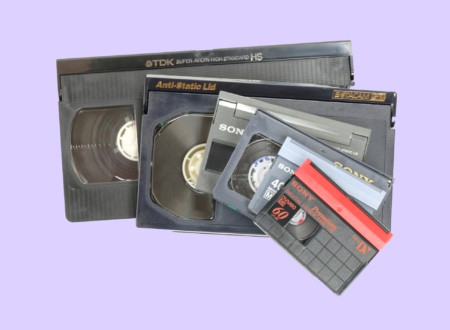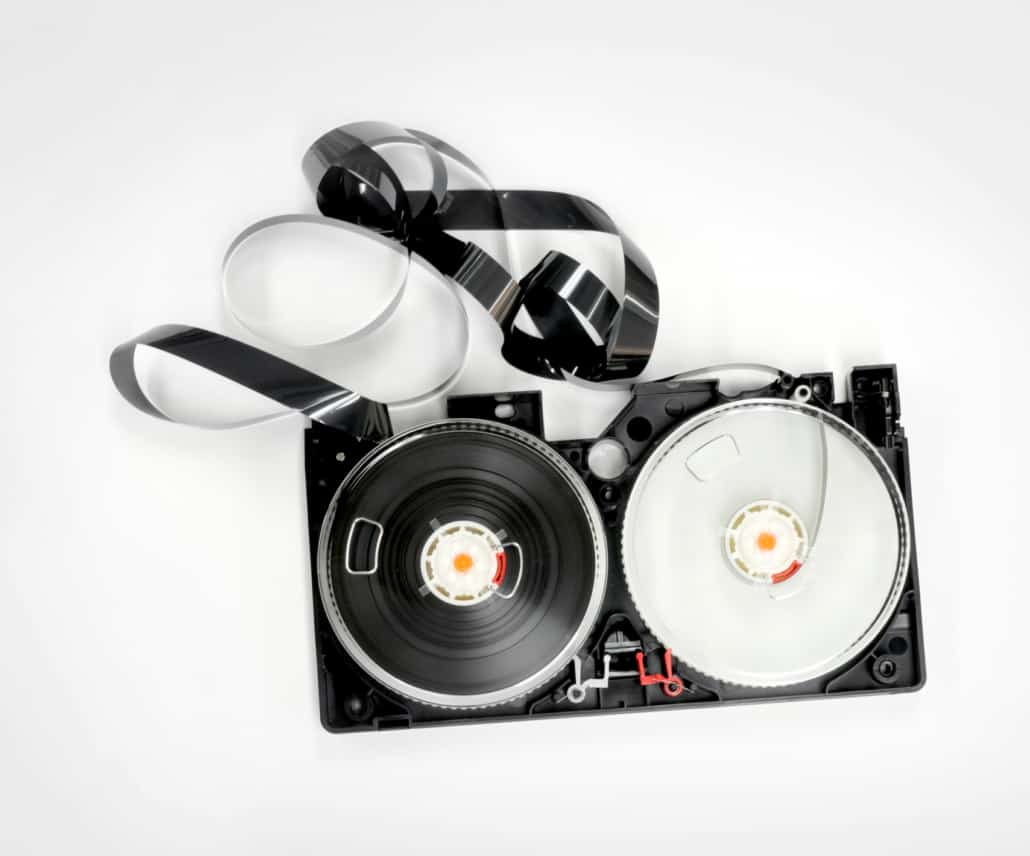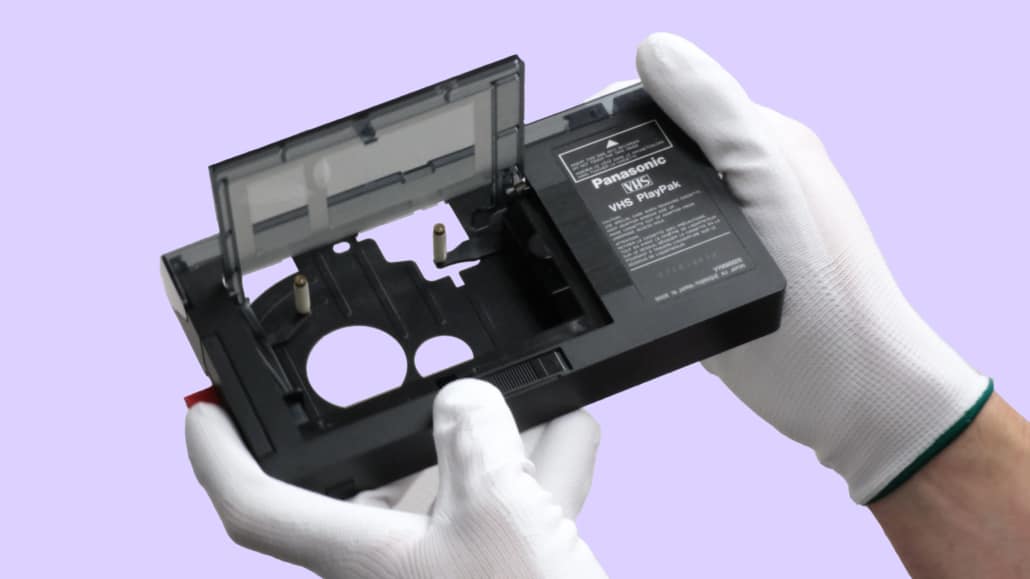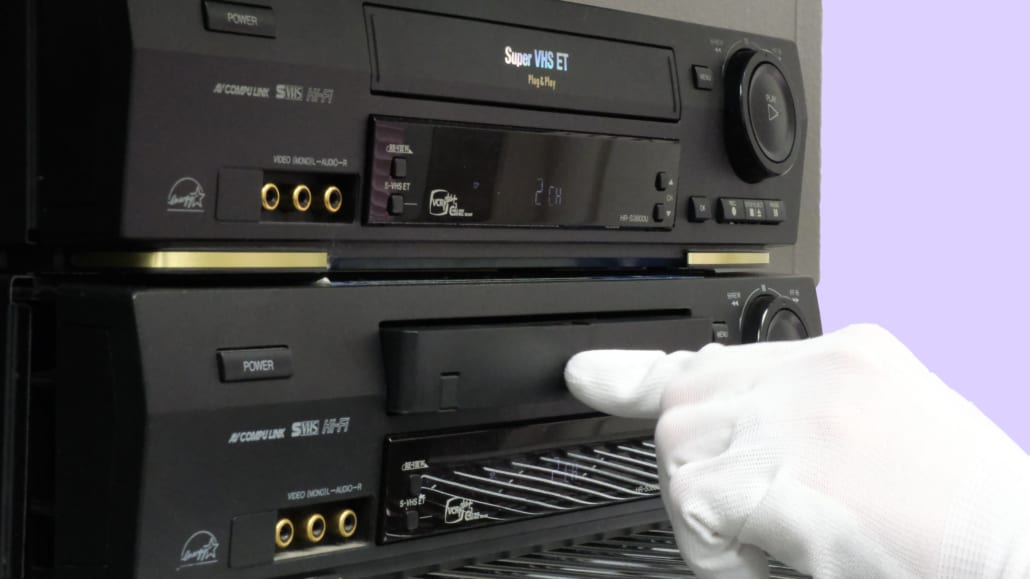Digitize Your Videotapes
History of Videotape Formats
Before you digitize your videotapes, it’s a good to first familiarize yourself with what formats you have and how many. To help identify what tapes you have, here is a brief history of the most popular videotape formats:
Send Your Tapes to Memories Renewed
Now that you know how many and what types of videotapes you have. Fill out a simple order form and send them to Memories Renewed!
Memories Renewed transfers videotapes with pride, using meticulous attention to detail and gloves are worn to protect your precious materials.
First, your tapes are inspected for any breakage and will be repaired if needed. Your videotapes will be completely rewound before they are converted to a digital format.
To convert your videotapes to digital, they are played in professional tape decks, depending on the type of videotape. A time based corrector is used with older formats to eliminate issues like flagging on the top of the screen.
The digital files are named based on any legible labels on each videotape.
Once we have a raw digital file for each tape, we trim the beginning and ending so you don’t have any blank or footage to fast forward through. We also quickly scrub through the contents of the video and trim out any TV footage or blank footage, like a the camera left on in a bag, that doesn’t belong with your home movies. If there is any TV footage you would like to keep, for example a news story featuring something or someone special, please make a note in your project notes or with a post-it note and we will accommodate your request.
Once trimmed, your videotapes are output to MP4 format and put on flash media that is easily editable on a Mac or PC.
- Videotapes are organized by date or title, labeled in numerical order and fully rewound when finished.
- Materials are recorded with appropriate AV settings ensuring the highest quality digital version.
- Unnecessary footage at the beginning or between sequences is edited out for a smooth viewing experience.
- Once converted, the final file is usable on all viewing devices to easily enjoy or share.
Storing Your Digitized VHS Videotapes
After you have digitized your videotapes, it’s important to store them properly. Videotapes that aren’t stored correctly can be subject to the elements, resulting in dust or moisture damage. If you no longer wish to keep your videotapes, here are some things to do with your old media.

Videotape Storage Tips
- Out of direct sunlight
- Cool, dry location
- “Be Kind Rewind” to ensure the tape stays tight and responsive. Stretched portion of tape can sag over time.
- Do not leave in VCR, they can get stuck or collect dust, or damage the VCR.
- Store away from magnets, or electronics such as speakers that contain magnets. This could result in erased content!
- Airtight, plastic cases are ideal over paperboard sleeves, to protect from dust and moisture.
- Plastic weatherproof tubs are better than cardboard boxes.
- 55 – 70 degrees Fahrenheit





